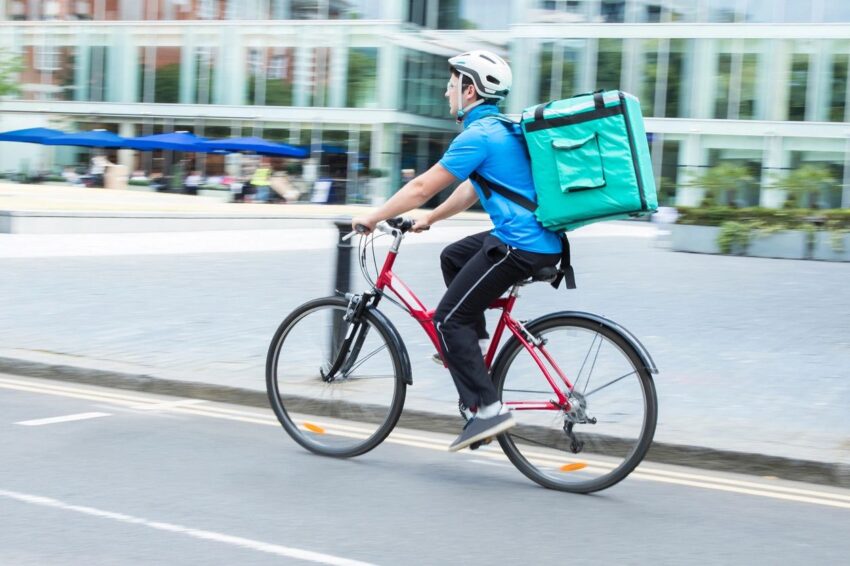Running a business is becoming more competitive. It makes sense that business owners are looking for different ways to reach new customers and offer existing customers more benefits to entice them to keep their business.

Whether shopping in-store or online, offering customers the chance to have their goods delivered can not only boost your local profile but also increase sales too. One such way is to add local deliveries to your checkout options. But what do you need to know when getting started with local deliveries
Is there a demand?
The first thing to consider is the demand. You won’t need local deliveries if you’re not within a certain radius with demand for your products. But if you are, then this could be an excellent opportunity for your business.
Invest in some market research, ask current customers and look to your competitors to see if there is demand for you to offer local deliveries.
What delivery equipment do you need?
When getting started with local deliveries, you need to know what equipment you need. You will need to decide if you need a pickup truck, minivan, or SUV to start with and will you need an additional trailer from Big Man. It’s also essential to invest in a good printer and other office supplies like paper and ink cartridges to print out any delivery labels or paperwork you need. This can get expensive, but it’s worth the investment because it will save you time and money in the long run. Plus, if you start delivering locally, you’ll probably see your sales increase which will pay for the cost of delivery vehicles in no time!
Will you be charging or setting a minimum order value for delivery?
You first need to decide whether you want to charge customers for the delivery, set a minimum order value, or both. Some businesses will only offer this service if a customer spends over a certain amount of money, while others offer it unconditionally.
This can be good for your business as it will encourage customers to order more products when they add in delivery. However, one downside is that customers may not purchase your product if they need just one item, and it costs more to deliver than what they’re buying.
What times and routes will you be delivering at?
You’ll need to decide what times and which routes you’ll use for delivering. Will you deliver Monday thru Friday, or will you offer weekend deliveries as well? What are the hours of your store? Are you providing day-time or night-time deliveries?
For example, if your store is open from 9 am-6 pm, you may only deliver during those hours. If your store is open from 9 am-10 pm, you may want to consider a variety of time slots for deliveries.
When determining which routes to offer, traffic and customer demand are two things to think about. You should make sure that your drivers have backup plans for when traffic is terrible. This way, customers can still get their packages on time even when traffic is slow. Since demand varies in different areas, it’s essential to know how many people live in your city so that your drivers know where to go when they’re making deliveries.


